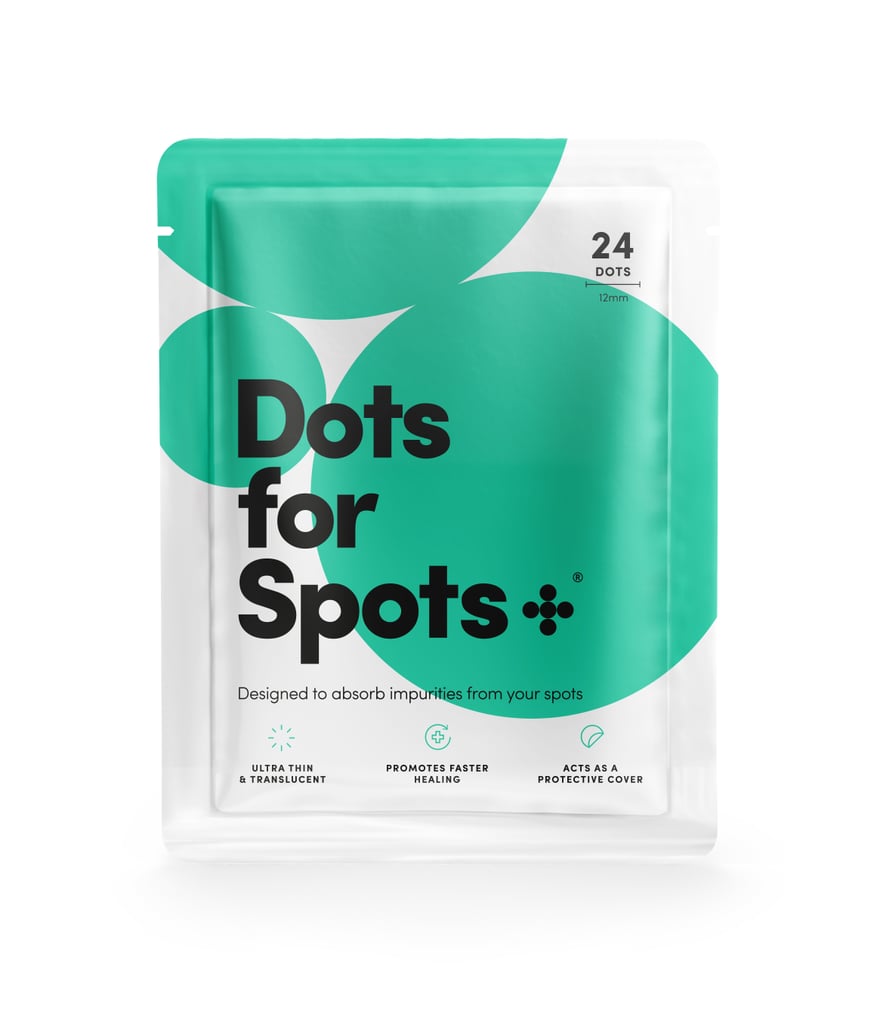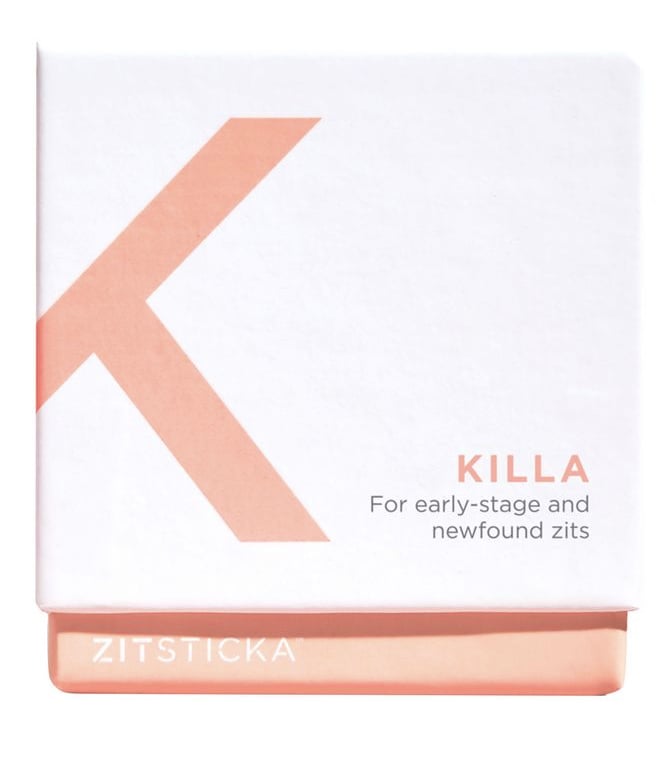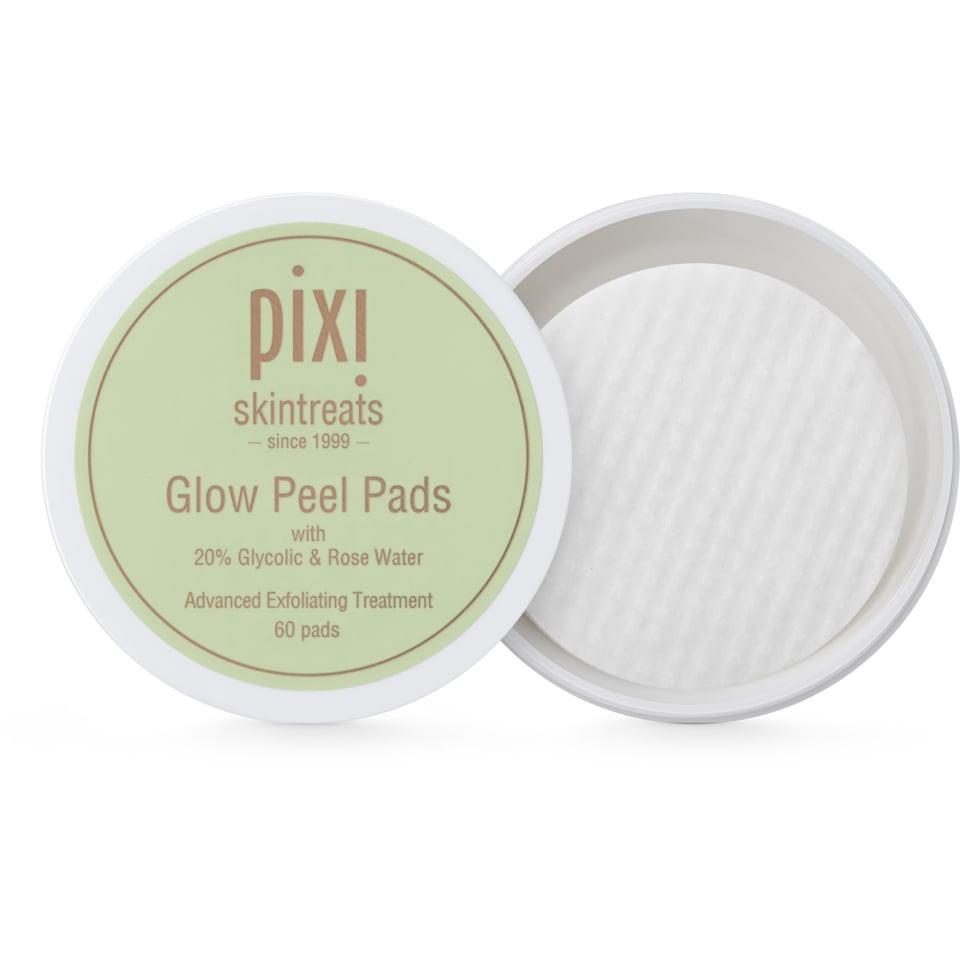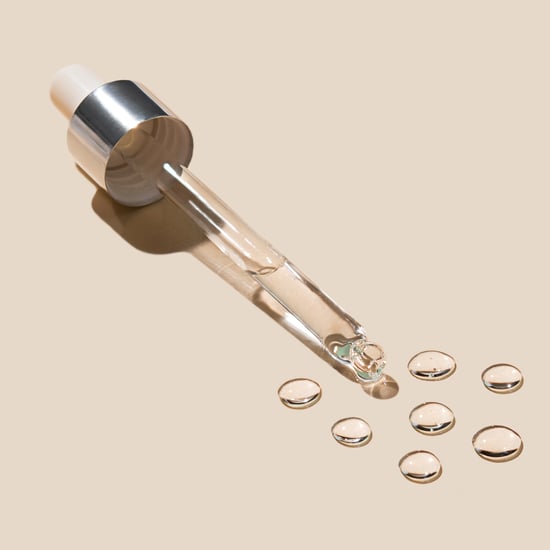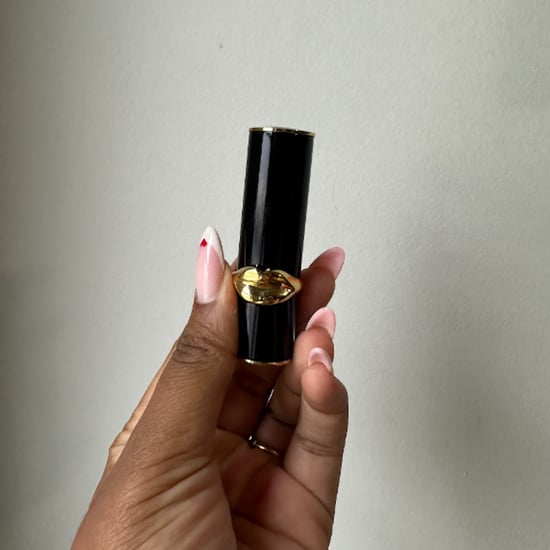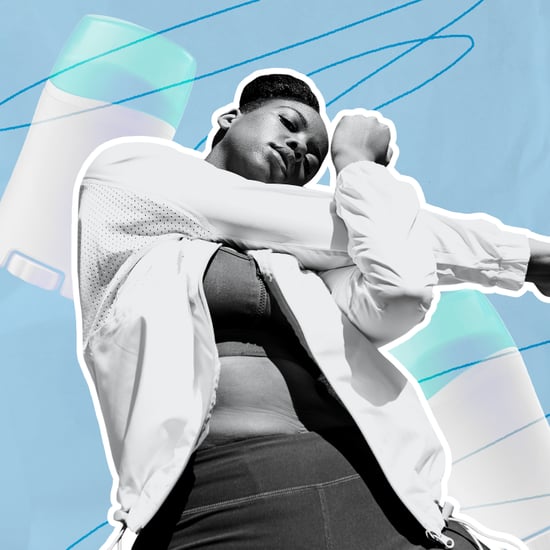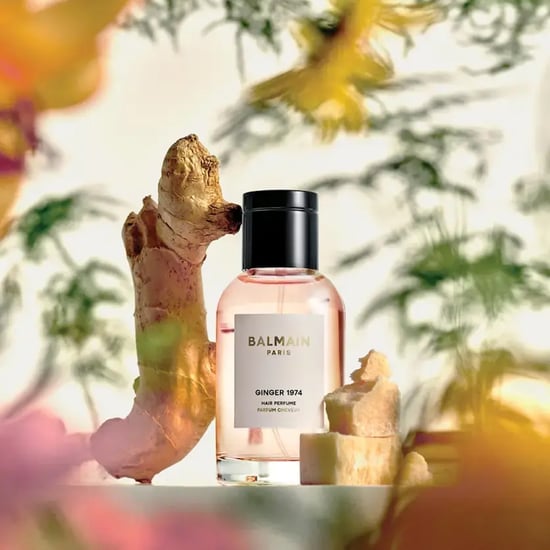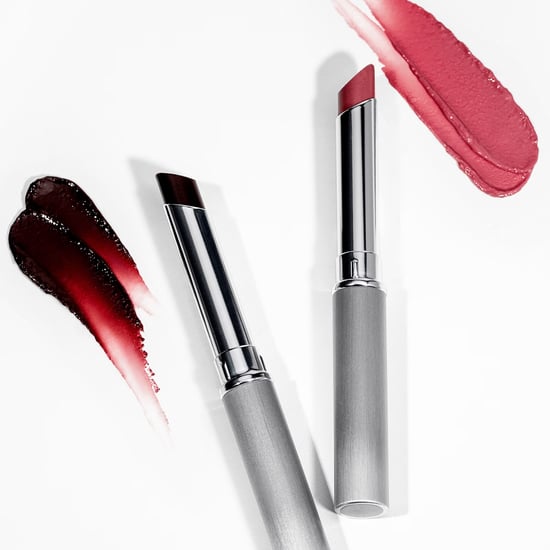What to Do After Popping a Spot: Tips and Treatments
So You Popped That Spot — Now What?
As POPSUGAR editors, we independently select and write about stuff we love and think you'll like too. If you buy a product we have recommended, we may receive affiliate commission, which in turn supports our work.
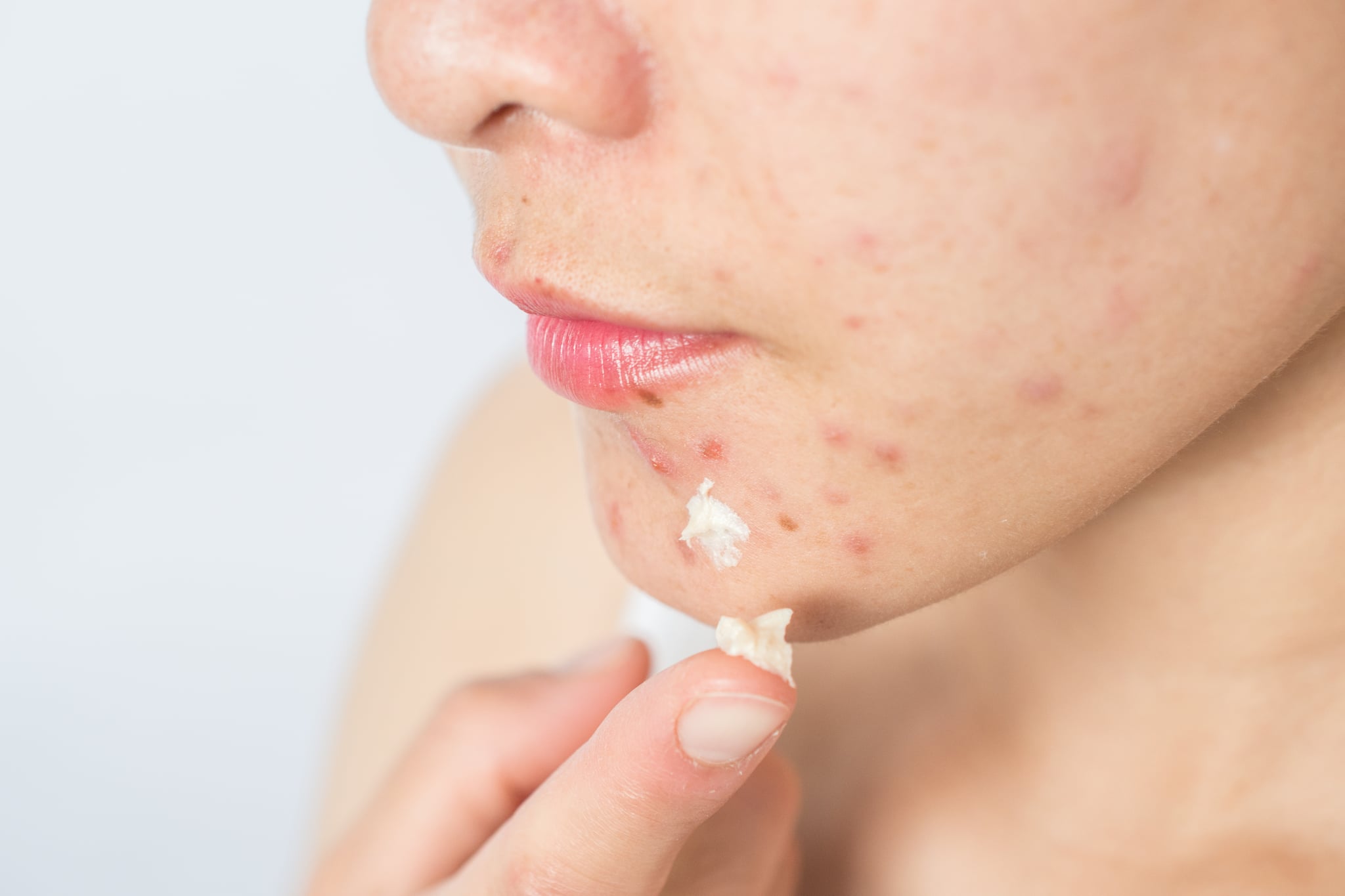
In the event that you wake up to find a spot on your face or body (we've all been there), you already know that the last thing you should do is pop it — any dermatologist will tell you that. "In an ideal world, it is not a good idea to pick spots," says Dr Anjali Mahto, consultant dermatologist and author of The Skincare Bible. "There is a risk of worsening inflammation, pigmentary change, and scarring." While popping a pimple isn't recommended, we're well aware that for some people, it can be hard to fight the urge to take things into their own hands and do it anyway — and dermatologists recognise this, too.
If that's you, and you've already done the damage of popping a spot, we talked to two dermatologists on what's really happening to your skin and what steps you should take immediately after.
What Happens to Skin When You Pop a Spot?
First, let's remind ourselves of what actually happens to your skin when you pop a spot — it might even convince you not to do it in the first place. According to dermatologist Claire Chang, M.D., when you do pop a spot, you're (unsurprisingly) causing more trauma and inflammation to the skin. "Touching your skin introduces more bacteria onto the skin that can lead to acne," she told POPSUGAR. "Squeezing or popping the pimple forces the bacteria, oil, and inflammation in the clogged pores even deeper into the skin. This drives more inflammation and can actually worsen your acne flare. It can also lead to deeper cysts." This, in turn, can increase your risk of experiencing acne scarring like hyper-pigmentation and red marks.
How to Safely Pop a Spot?
If you're still absolutely determined to pop a spot at home, despite the potential increase in inflammation, there is a technique to follow, which is important if you're to avoid spreading bacteria and aggravating the area more. It's also important to note that you should only consider doing this if a whitehead has formed. The first step is making sure the area is clean. "Wash your hands thoroughly with soap and water then follow this up with an alcohol-based hand sanitiser," says Dr. Mahto. Next is the main event, "using a pin or sterile needle (sterilised with heat or alcohol), being extremely careful, insert it superficially into the roof of the whitehead," explains Dr. Mahto. "Using tissue, gently squeeze on either side of the spot and the whitehead should come out easily."
What Should I Do Immediately After Popping a Spot?
After popping a spot, you may want to clean the area with a gentle cleanser to make sure the dirt and oil on your face and hands (especially if you didn't follow the tissue advice!) don't sink deeper into your skin. "After popping a pimple, the skin is still healing and sensitive," Dr. Chang says, so be kind to your skin. Next, "apply a salicylic acid toner or alcohol to the area (this may sting a little), then apply a small amount of 1-percent hydrocortisone cream, which will help to reduce inflammation," explains Dr. Mahto. She adds that after treating the area, you should leave it alone and avoid messing with it or over-treating as this will just cause further aggravation.
If the spot reappears hours or a day later, Dr. Mahto does not advise popping it again. She recommends either using skincare containing salicylic acid directly to the area, or if this is an on-going issue, asking your GP or dermatologist to possibly prescribe spot treatments such as topical antibiotics, retinoids, and benzoyl peroxide to help reduce inflammation.
If you have an issue with continuously picking your spots, try using hydrocolloid patches as these can help heal the spot and avoid temptation to play with the inflamed skin. For this, Dr Mahto says spot patches work best if they contain active ingredients such as salicylic acid, like the Dots for Spots (£6) and Zitsticka Killa Patches (£27), which feature special microdarts, quickly delivering the ingredients to get to work beneath the skin's dead skin cell layer. The Zitsticka patches also come with a cleansing swap, which contains ingredients such as salicylic acid and alcohol to clean the area as per Dr. Mahto's advice.
How to Help Treat Hyper-Pigmentation Once the Spot Is Healed?
Once the spot has fully healed, as we warned you, you may experience hyper-pigmentation. For this, Dr. Chang recommends using vitamin C serums, exfoliants like glycolic acid, and prescription-only hydroquinone creams. Pixi Glow Peel Pads (£24) contain both salicylic acid and glycolic acid to help clear out the pores and help with discolouration. You can also speak to your GP or dermatologist about prescription treatments that contain hydroquinone, as this can help with post-acne pigmentation.
In short: don't pop your spots if you can help it, but if you absolutely have to make sure the area is clean, apply salicylic-based products afterward, and then leave it the hell alone! And if you can't leave it alone, apply a spot patch to avoid the temptation of picking. As always, in the daytime, you should follow any acne treatments with your favourite SPF.
— Additional reporting by Tori Crowther
